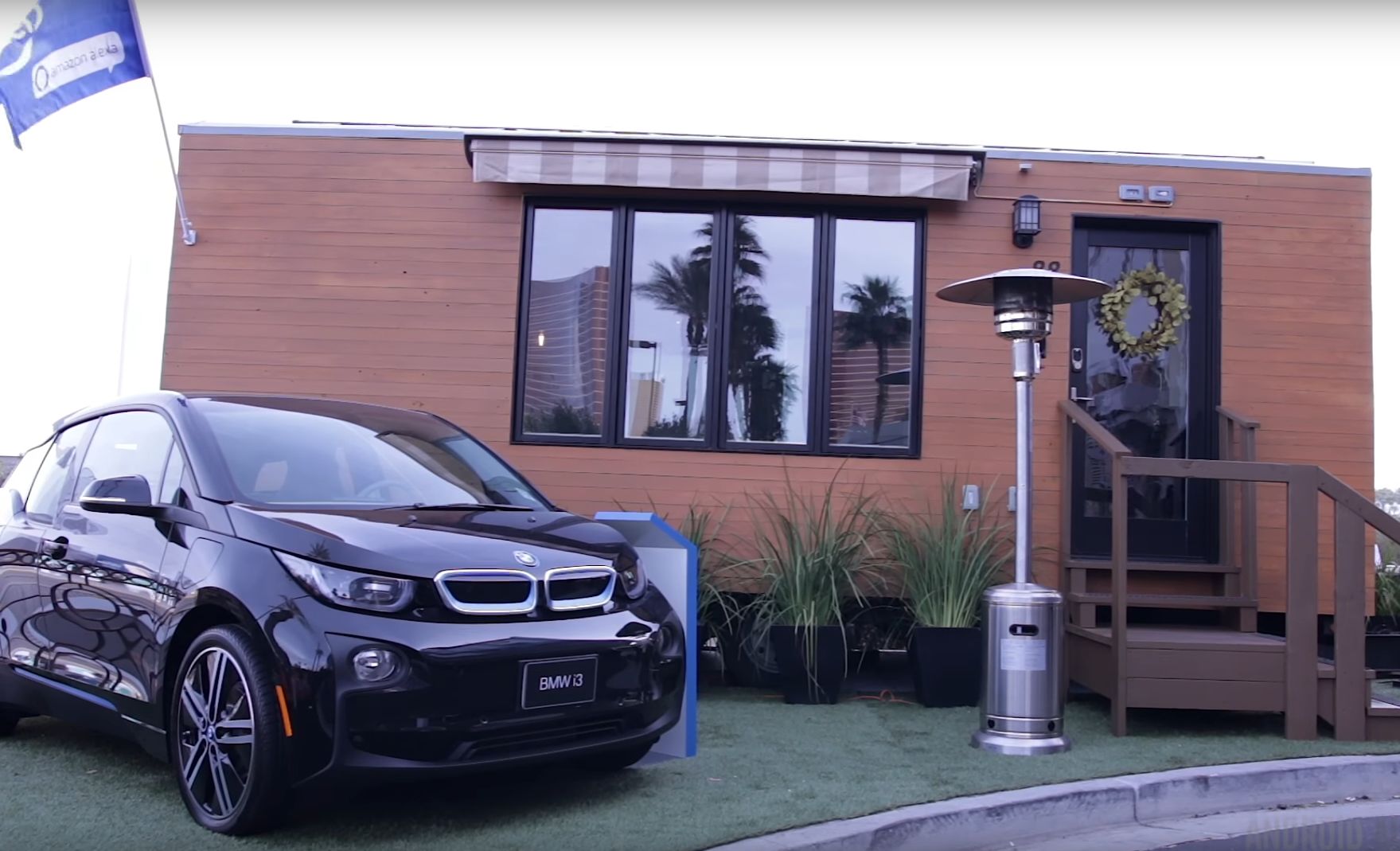Affiliate links on Android Authority may earn us a commission. Learn more.
This could turn your entire home into a smart home with a simple click
A new mega sensor developed by Carnegie Mellon researchers can create a smart home without any expensive appliances: all you have to do is plug it into an outlet.

If you have a smart home or are thinking of turning your home into one, you probably know just how expensive and inconvenient it is: either you have to buy brand-new Internet-connected smart home products (which, as explained in the video, don’t even communicate with one another effectively), or you have to tag every item with an aftermarket sensor (which could get ugly really fast). So how do you create a smart home that’s a truly connected network in a convenient and affordable way?
Well, researchers at Carnegie Mellon might have an answer: called Synthetic Sensors, what the researchers have developed is a prototype of a future hub that can track and monitor every activity in a given area. There are a dozen sensors that measure things like radio interference, electromagnetic noise, motion, illumination, humidity, acoustic, and vibration built right into one product – all you have to do is plug it into a USB wall port. As the video explains, the researchers deliberately did not include a camera due to privacy issues.
A single sensor board can use the array of advanced sensors it has to detect what you are doing: whether you are using the sink, the blender, the stove, etc., each activity creates unique sensor signals. Using machine learning technology, the sensor board essentially takes those signals to translate them into human activities. The result is that you can monitor what’s going on inside your home on any portable device.
The data is never sent to the cloud but featurized inside the sensor board, which helps to anonymize signals before transmission according to the researchers. The possibilities seem endless: these applications can be taken even further to be fed into what they call second order synthetic sensors, which can capture higher level semantics like tracking not just whether you’re using the water or not but how much water you’re using.
The biggest drawback is that while you can track various activities with the sensor board, unlike IoT home appliances, you cannot control them remotely.
The biggest drawback is that while you can track various activities with the sensor board, unlike IoT home appliances, you cannot control them remotely. So, for instance, the sensor board might notify you that the faucet is still on, but if that faucet is not a smart device, you will have to manually turn it off.
Again, the Synthetic Sensor is a prototype, meaning you probably won’t see it commercially available anytime soon, but it certainly offers a unique (and probably more affordable) alternative to how we currently define a smart home.
What are your thoughts on the Synthetic Sensor? Cool idea or too creepy for your liking? Let us know in the comments below!